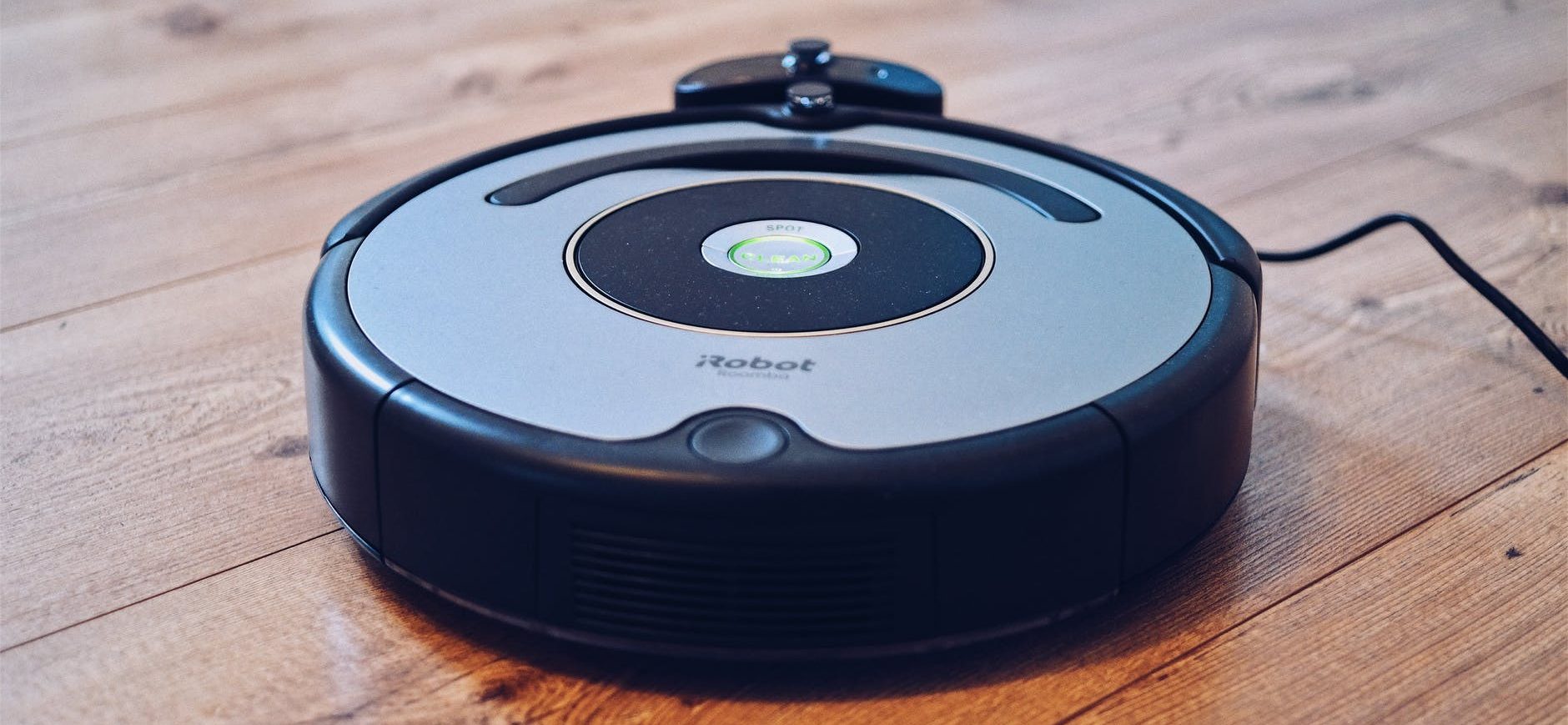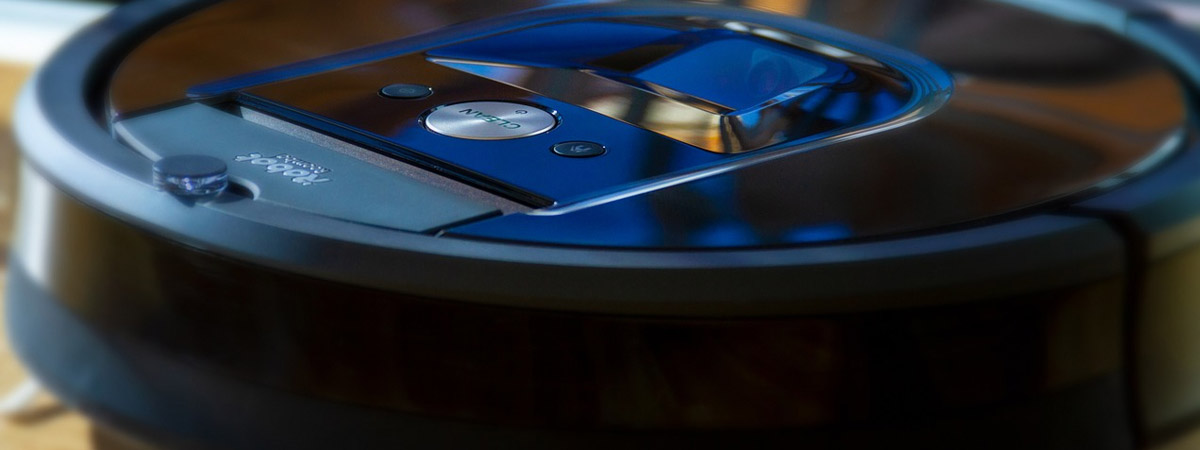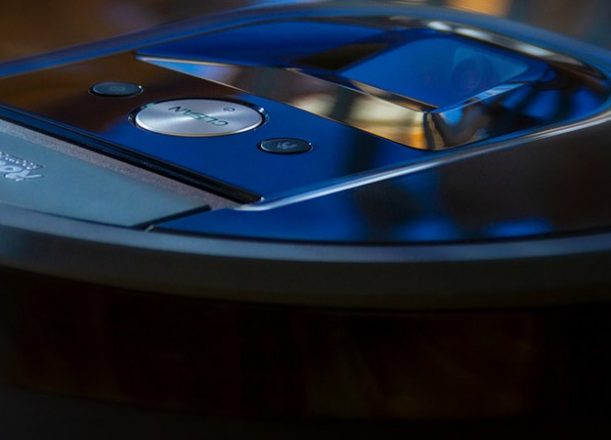Robot vacuums are a product of technology that manages to cruise in your house and somehow keep it clean. But how do they work? How are they used? How do they know where to go? Which part is already clean? How to avoid knocking over your furniture?
I’ll teach you everything you need to know about how they clean your home and how they are used. By the end of this article, you’ll learn everything you need to understand how these futuristic machines “see” and “remember” every nook and cranny of your house.
How Do Robot Vacuums Clean Your Home?
Although robot vacuums seem like little but highly intelligent machines, the truth is that they’re not that complicated of a device. There are really just two ways that a robot vacuum cleaner finds its way in your home:
- Sensors
- Mapping
In simple terms, a sensor is used to help the vacuum not bump into something or fall straight down the stairs. Mapping keeps a log of the floor areas where the machine has already done some vacuuming. [1]
I’ll go a little more in-depth about how these robotic vacuums work and how to use them. To give you an idea, you can control these smart roomba vacuums using a mobile app. This will allow smart homeowners to control the vacuum remotely.
If you want, you can tweak the app and save the scheduling at any time of the day and other available settings. Of course, the app will depend on the brand and manufacturer. Though the concept of operating it on your smartphone doesn’t differ much from one another.

Sensors Help The Robot Vacuum Cleaner “See”
If you look down at a robot vacuum cleaner, first, you may wonder how it knows how to get around your home. Is it random? Do the brushes have the means to collect dust and dirty areas?
It doesn’t have eyes for cleaning the dirty area, yet somehow it still manages to navigate freely throughout a room without injuring the furniture or itself.
The secret behind a smart robotic vacuums effortless maneuverability in cleaning are onboard sensors. Sensors are what help the robotic vacuum cleaner see around your home and stay away from obstacles in its path.
A sensor can detect hazards, helps the roomba vacuum avoid obstacles while cleaning, look for new areas to clean, and measure the distance from the charging base so it can return at the appropriate time.
While every manufacturer and smart roomba vacuum model includes its own unique set of sensors, you’ll see that the ones listed below are the most common.
- Obstacle Sensor: These are shock-absorbing sensors that detect many physical objects in a room, such as table legs, couches, and other furniture. The obstacle sensor lets the robot vacuum stay away from these objects. When the robotic vacuum cleaner bumps into one of those things, the sensor helps it determine if it can go around the object (like a chair leg or a trash bin) or if it must divert itself in another direction (like running into a piano base). Some obstacle sensors are also touch-sensitive, meaning that they can tell the difference between hard and soft objects. This sends a signal to the robotic vacuum cleaner, telling it if it should try to push through the object or not, like a soft bed skirt or curtain versus a hard planter.
- Cliff Sensors: These sensors are what prevent the robotic vacuum from falling down the stairs. It measures the distance from the device to the floor through an infrared light signal. If the signal doesn’t bounce back, then the robotic vacuum cleaner knows that a ledge (or cliff) is up ahead and then changes its direction.
- Wall Sensors: These sensors allow the robotic vacuum to clean alongside a wall for long distances without bumping into them or scuffing the paint. Like cliff sensors, wall sensors also use infrared light beams to detect where the floor meets a wall surface. Wall sensors also help the robot vacuum cleaners move around doorways.
- Wheel Sensors: These sensors record data for how far a robot vacuum cleaner has traveled from the charging base station. It does this by measuring how many times the wheels rotate.
While all of these sensors help robot vacuum cleaners navigate better around your home, the one thing they can’t do is remember where the machine has cleaned.
The simple purpose of sensors is to keep the robot vacuum from running into objects or falling off a ledge, getting damaged, and keep in good condition.
One purpose of a sensor is to detect the docking station of the robot cleaner. The docking station is where it returns to be recharged. To create a “memory” of where the robotic vacuum has been, it must include a mapping feature for cleaning, which I’ll describe next.
In cheaper robotic vacuums, all you’ll find are sensors, and this is what makes those models less efficient than the higher-end Roombas and the popular iRobot Roomba models.
Although an affordable price robot vacuum tends to clean in haphazard paths, collect specks of dust, and make multiple passes throughout a room. Over time, these machines do clean up the dirt off your floors. Often, you have to be a bit more patient with them. The same happens when you use some expensive roomba models to remove different kinds of dirt on the floor.

Mapping Helps the Vacuum “Remember” Where It has Been
In higher-end robot vacuum models, you’ll first find a feature called “mapping,” which is a self-navigation system that helps the machine to do better at vacuuming your floors.
Mapping creates a memory for the robotic vacuum. That way, it knows where it has already cleaned inside your house and won’t waste time to brush the same spot twice.
In robotic vacuums that include mapping functionality, you’ll find that they work their way through a room in a logical path. Usually, the cleaning is in back and forth motion that winds its way across the floor, similar to how people mow their yards with a push mower.
With the floor space mapped, robotic vacuum cleaners can easily return the base station to recharge and then find its way back to the location where to stopped to start vacuuming again.
While the manufacturer and different models use its kind of mapping, the concept is designed around two basic versions:
- Digital Camera: This type takes pictures of the walls, furniture, doorways, and other objects as a way to build up a memory of where the device has already been. It has the same feature as the iRobot Roomba.
- Laser: This type comes with a laser beam to track the floor space and objects in the room to create the map during vacuuming.
In either case, an expensive roomba vacuum robot or even an affordable price robot vacuum can record the physical layout of a room so it can plot a more efficient route.
One thing to keep in mind, however, is that mapping navigation isn’t perfect, even an expensive iRobot Roomba anywhere in the world.
If you ever get a smart robot vacuum cleaners during it’s vacuuming process and not place it down exactly in the same spot, then the mapping will get out of sync.
Also, low-light environments can make it hard for mapping technologies to do their job well. Dark rooms interfere with the camera and laser beam functions.

Do Robot Vacuum Cleaners Have Limitations?
While we hope that this robot vacuum could make all the work for us, first, we have to remember, and there are still limitations on what robot vacuum cleaners can do. Even expensive iRobot Roomba robotic vacuums have their limits too.
One thing worth noting of vacuum robots, do not expect to get the maneuverability and vacuuming power as traditional models. The suction power you get also depends on the brand. Also, do not assume that the robot vacuum cleaner can reach every inch of your house.
Another one of its limits is it can get small objects like legos or earrings. Because as compared to you manually vacuuming, chances are, you can see these small items and skip over these objects to pick them.
Unlike when these robotic vacuum cleaners that operate on their own, even expensive roomba robots have this limitation. The tendency is, the homeowner lets the device do its job without looking out for small objects that could suck up.
Another issue is its battery life. Since most of these units are not plugged while in use, it needs to be charged. Some of it comes with a docking station where it returns on its own when it needs to be charged. Some need to be charge manually.
Do not expect too much from the battery life too. You might expect it can clean the house in one charging. Let’s say the battery of the vacuum robots needs to be charged at least twice to clean the whole house.
That’s How Robot Vacuums Clean Your Home
I hope you enjoyed this article overview of how does a robotic vacuum cleans your house. Be sure to check out my best inexpensive robot vacuum list to find the right vacuum for your smart home. The list does not come with the expensive roomba types, but the low price ones have nifty features similar to the expensive vacuums.
It has a guide of the cheapest robot vacuum cleaner for your money that rivals the more expensive brands, like iRobot Roomba.
As you discovered, these are not very complicated models, and they’re essentially controlled by various sensors, cameras, and laser beams.


